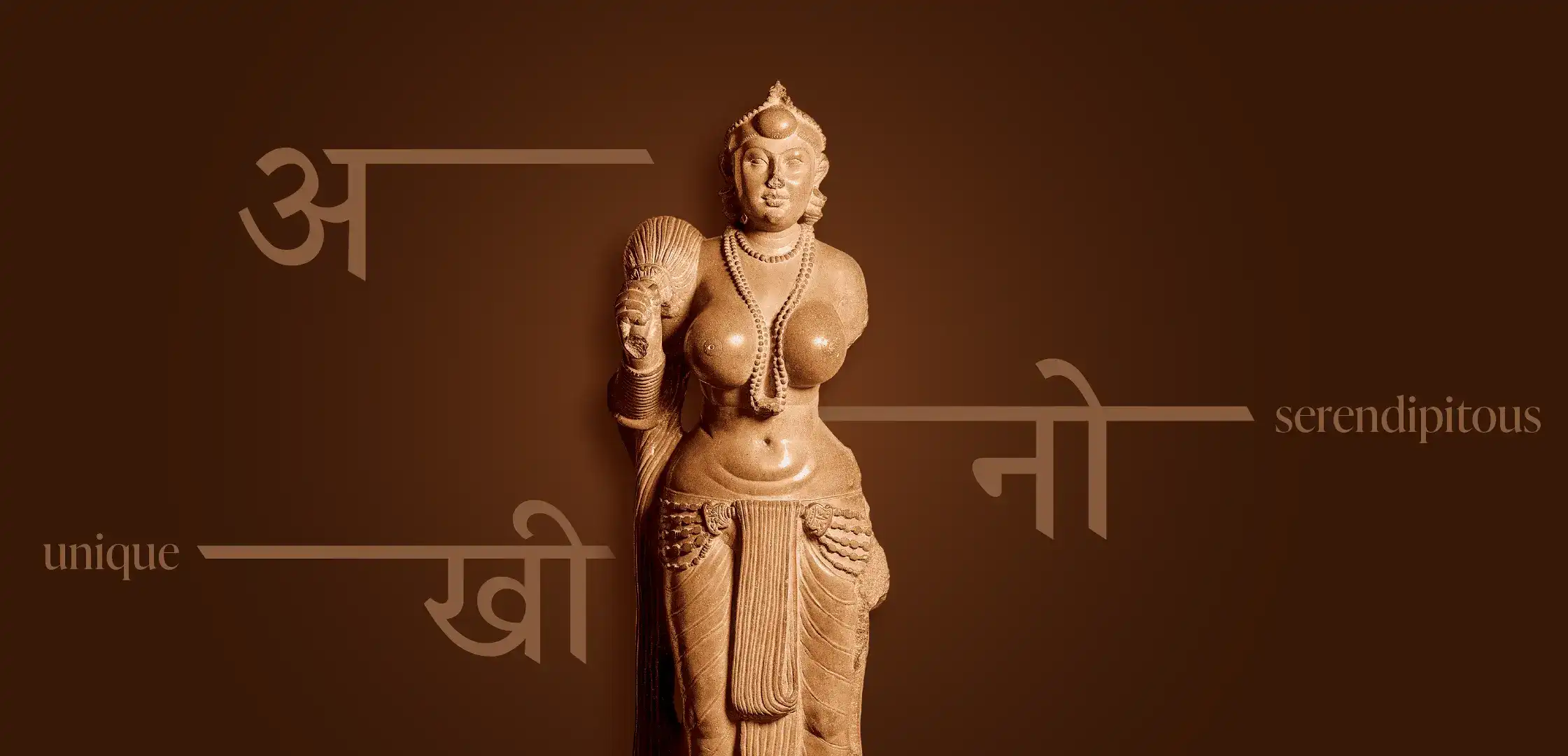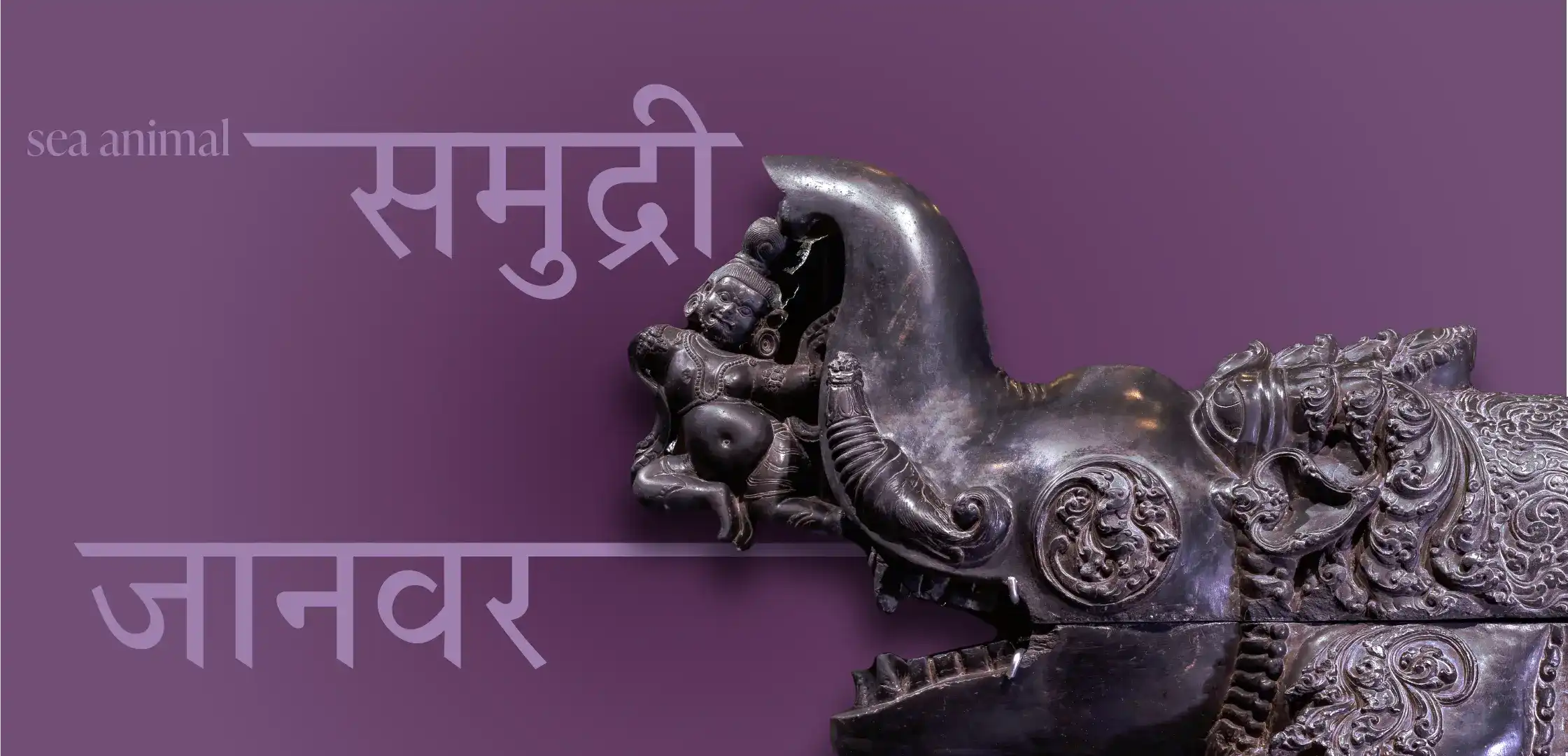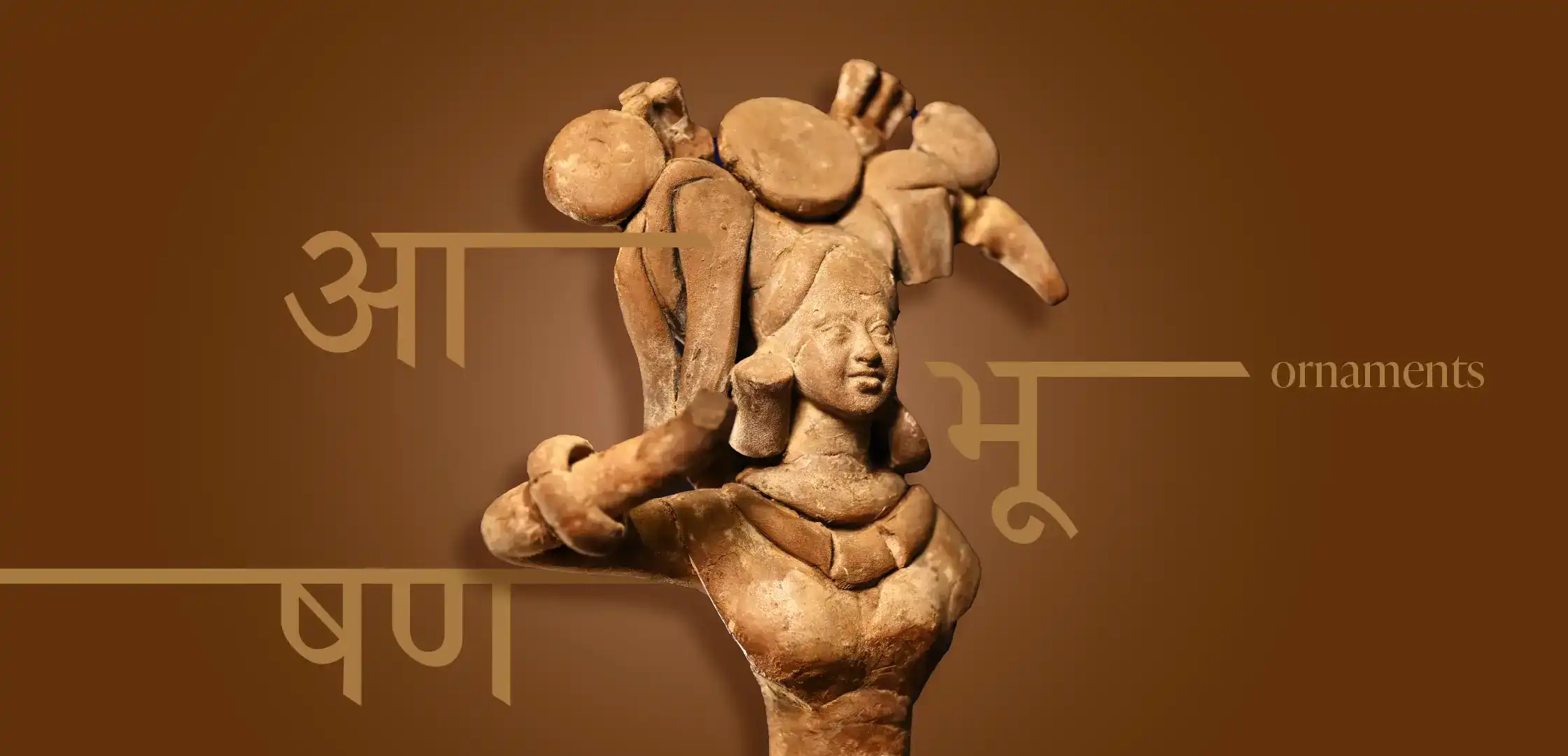History Art Gallery
The gallery's most prized exhibit is undoubtedly the world-renowned Didarganj Yakshi, crafted from Chunar sandstone during the Mauryan period. Visitors can also admire the exceptional artistry in the Patna School Paintings, intricate bronzes, and displays of Buddhist and Jain art. Other sections of the gallery feature remarkable terracotta artifacts and female deities, Hindu Deities illustrated in Daniell prints, stunning Buddhist art, and captivating medieval miniature paintings.

Collection stories
Didarganj Yakshi
This female figure is an amazing example of Mauryan craftsmanship and is famously known as Didarganj Yakshi. The 5 feet 2 inches tall Chunar sandstone sculpture was a chance discovery by some local people at the banks of river Ganga at Deedarganj near Patna. It has got a pride of place at Bihar Museum and is one amongst the signature artifacts of the museum. This sculpture epitomises the aesthetic beauty of Indian art as well as gives an insightful reading of the feminine power in India.

The Gargoyle
Belonging to the 12th century CE, this gargoyle was a common feature in the temples and other important buildings of that period, used for draining out the rain water from the roofs. This exquisite piece of art is in the form of Makara- a legendary sea creature and a yaksh positioned at his mouth and together they depict a mythological story. This structure also proves the architectural advancement of the time, when very effective modes were developed for addressing the day-to-day problems of life.

The Dancing Girl in terracotta
This terracotta sculpture of a dancing girl belongs to the 3rd century BCE, when the Mauryan Empire was at its peak of advancement. There are great details in the carvings of the skirt, the hairdo and the pose of the sculpture. The intricacies of the idol clearly demonstrates the impact of Greek style of art, which proves the fact that India had a strong relationship with Greece during the period and exchanges in the fields of commerce and art were quite common and regular.

Explore more galleries
Stay connected with us!
Sign up to receive exclusive updates on our latest news, events, exhibitions, collections, visitor information, educational programs, and more.
SIGNUP